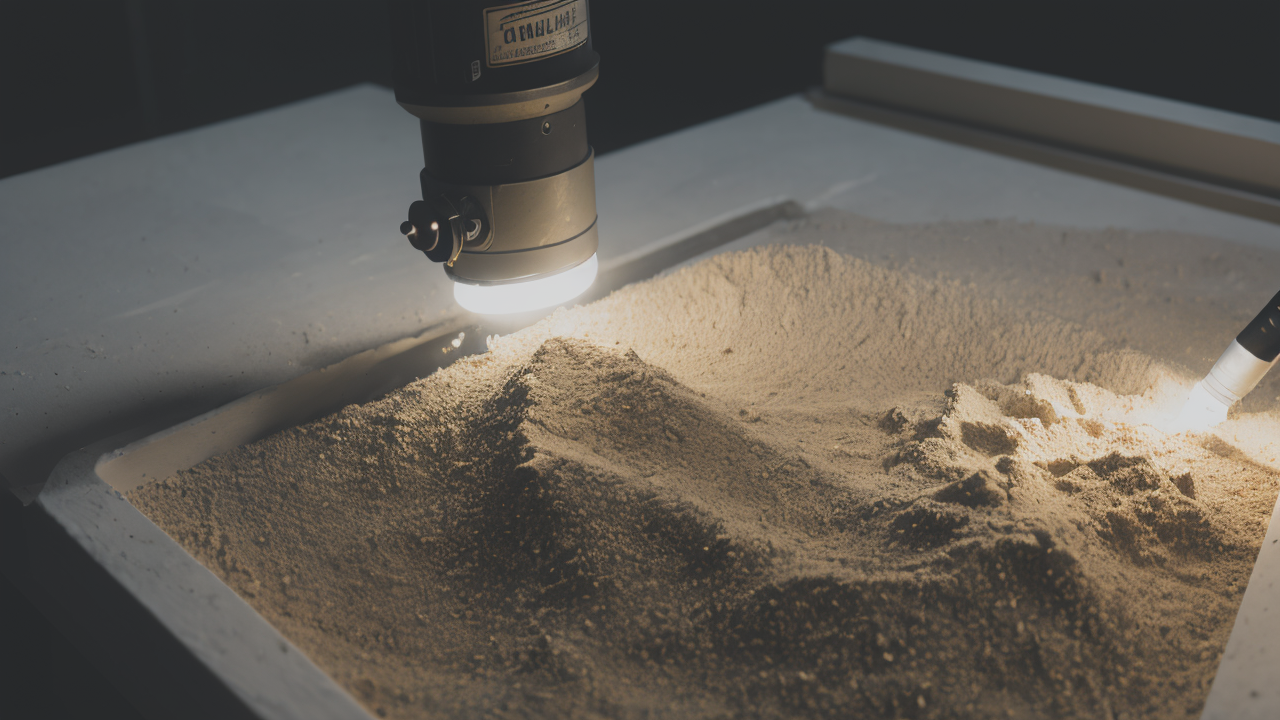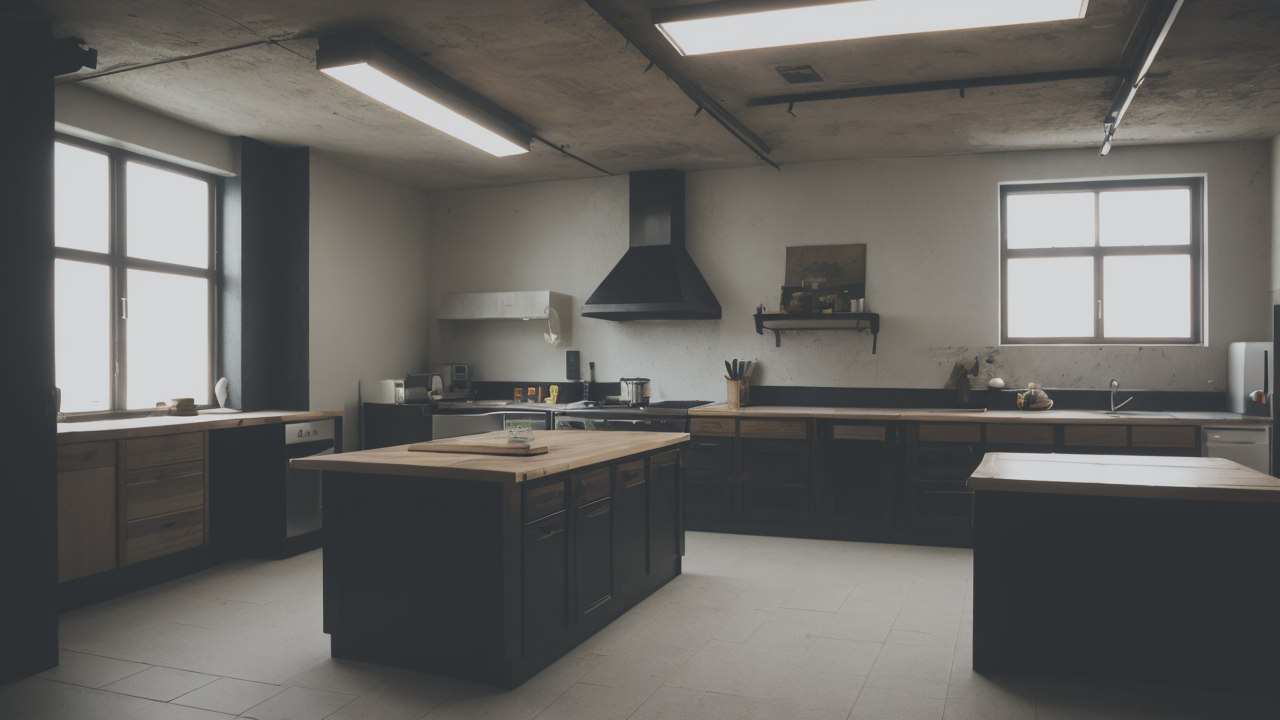
Texture Mastery: From Plastering to Drawing in Modern Sustainable Art
The Art of Wabi-Sabi in Texture Plastering
The Essence of Wabi-Sabi in Art and Craftsmanship
Wabi-sabi is a Japanese concept that finds beauty in imperfection. It values simplicity and the natural aging process. In art, wabi-sabi embraces rough textures and uneven forms. Texture plastering aligns perfectly with this philosophy. It creates surfaces that are unique and ever-changing. The natural wear of plaster over time embodies wabi-sabi principles. Cracks, patinas, and weathering become part of the artwork's story. Artists who work with plaster often let the material guide them. They welcome unexpected outcomes and see beauty in flaws. This approach results in pieces that feel authentic and connected to nature.

Embracing Imperfections in Texture Plastering
Texture plastering is an ideal medium for exploring wabi-sabi. The material itself is prone to quirks and variations. No two applications ever turn out exactly the same. Artists can highlight these natural imperfections. They might deliberately create cracks or uneven surfaces. Some leave tool marks visible as part of the design. Others mix in natural materials like sand or straw. These techniques add depth and character to the work. The result is a surface that feels alive and organic. It invites touch and contemplation. Viewers can see the hand of the artist in every detail. This raw, unpolished quality is at the heart of wabi-sabi aesthetics.
The Role of Wabi-Sabi in Sustainable Art
Wabi-sabi principles naturally align with sustainable art practices. The philosophy encourages using local, natural materials. Plaster fits this criteria perfectly. It's made from abundant ingredients like lime, sand, and water. Artists can often source these materials locally. This reduces transportation costs and environmental impact. Plaster art pieces are also durable and long-lasting. They age gracefully, gaining character over time. This longevity means less waste and fewer replacements. The wabi-sabi approach values patina over perfection. This reduces the need for constant touch-ups or refinishing. By embracing wabi-sabi, artists create sustainable works that improve with age.
Innovative Techniques in Texture Plaster Art
The Process of Creating Unique Textures
Creating texture in plaster is a dynamic and creative process. Artists use various tools and techniques to shape the surface. Common methods include troweling, stamping, and carving. Some artists mix additives into the plaster for unique effects. Sand, straw, or pigments can create interesting textures and colors. The key is to work quickly before the plaster sets. This time pressure adds spontaneity to the process. Artists must trust their instincts and embrace unexpected results. Some may deliberately leave tool marks or fingerprints visible. These touches add to the wabi-sabi feel of the finished piece.

Tools and Materials for Crafting Wabi-Sabi Art
Wabi-sabi plaster artists use a mix of traditional and unconventional tools. Basic items include trowels, spatulas, and mixing buckets. But many artists also incorporate found objects into their process. Natural items like leaves, branches, or stones can create imprints. Recycled materials might be used to add texture or form. The plaster itself can vary in composition. Some artists prefer traditional lime plaster for its eco-friendly nature. Others might use gypsum-based plasters for quicker setting times. Experimentation with different plaster mixes is common. This variety in materials and tools allows for endless creative possibilities.
The Fusion of Traditional and Modern Plastering Techniques
Modern plaster artists often blend old and new techniques. Traditional methods provide a strong foundation. These time-tested approaches create smooth, durable surfaces. Artists then add contemporary twists to achieve unique textures. Digital design tools might be used to plan complex patterns. 3D printing could create molds for repeating textures. Some artists incorporate modern materials like acrylic mediums. These additions can enhance durability or create special effects. The fusion of old and new reflects the wabi-sabi spirit. It honors tradition while embracing innovation and change.
Impact and Applications of Wabi-Sabi Textured Plaster Art
Enhancing Home Interiors with Wabi-Sabi Plaster Accents
Wabi-sabi textured plaster is gaining popularity in home design. It adds warmth and character to living spaces. Accent walls are a common application. These feature walls become focal points, showcasing unique textures. Plaster art pieces can also serve as standalone decorations. They might take the form of wall hangings or sculptural elements. In bathrooms, textured plaster can create a spa-like atmosphere. Kitchen backsplashes benefit from its natural, easy-to-clean surface. The versatility of plaster allows for customization in any room. Homeowners appreciate the organic feel and low maintenance of these finishes.

Wabi-Sabi Plaster Art in Commercial Spaces
Commercial spaces are embracing wabi-sabi plaster art for its calming effect. Hotels and spas use textured walls to create serene environments. Restaurants incorporate plaster elements for a rustic, authentic ambiance. Retail stores use plaster accents to highlight product displays. Office spaces benefit from the sound-dampening qualities of textured surfaces. Large-scale plaster installations can transform lobbies and public areas. These pieces often become talking points, enhancing brand identity. The durability of plaster makes it ideal for high-traffic commercial settings. Its natural appearance also aligns with growing trends towards biophilic design.
Educating the Next Generation: Workshops and Vocational Training
The growing interest in wabi-sabi plaster art has led to educational opportunities. Workshops teach beginners the basics of texture plastering. These classes often emphasize sustainable practices and natural materials. Vocational programs are emerging to train professional plasterers. These courses combine traditional techniques with modern applications. Students learn about material science and color theory. They also study the principles of wabi-sabi and sustainable design. Hands-on practice is a key component of this education. Graduates can pursue careers in art, interior design, or construction. The revival of this craft ensures that traditional skills are passed on to future generations.


